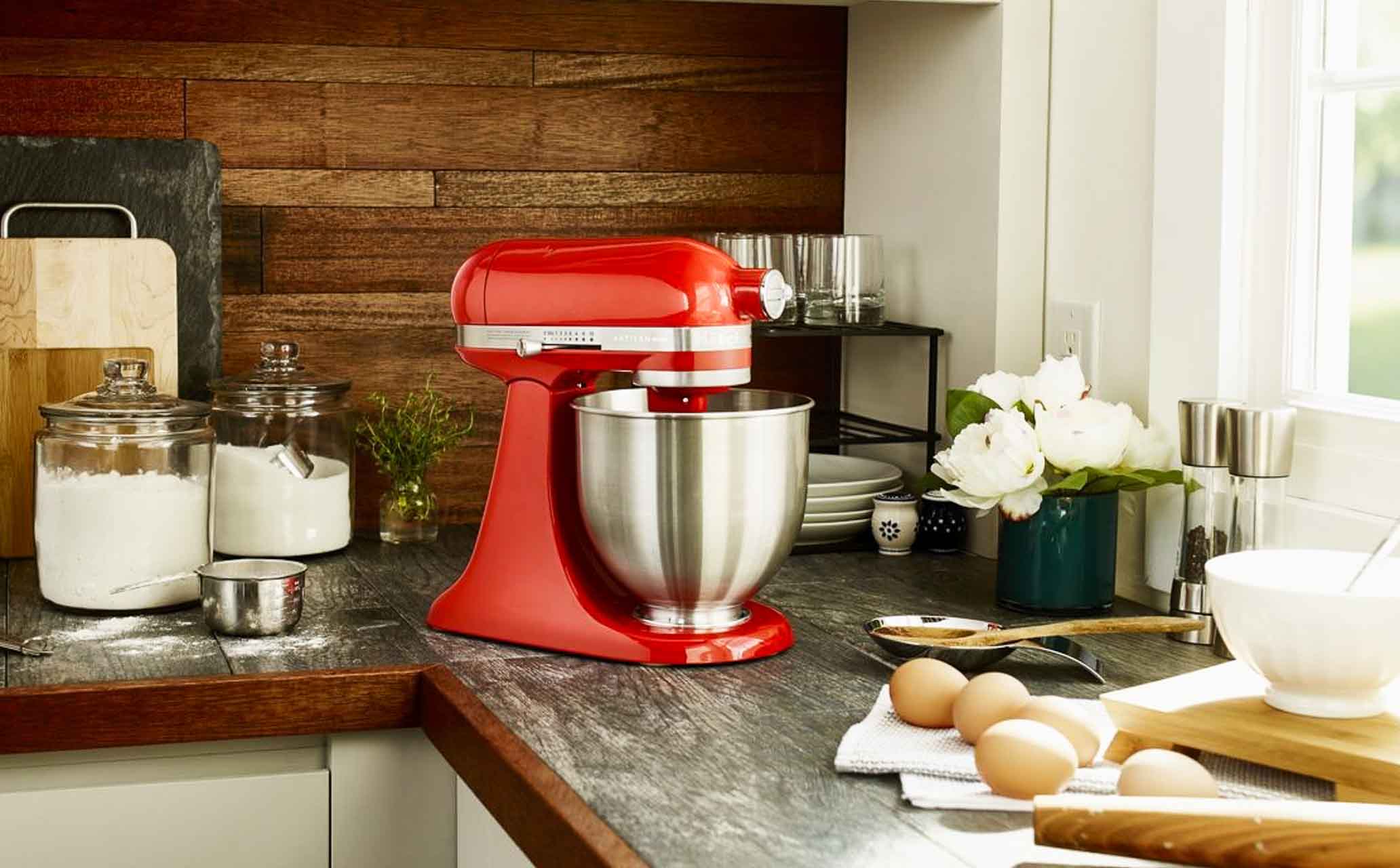

Articles
Why Did My Kitchenaid Mixer Stop Working
Modified: February 26, 2024
Discover common reasons why your Kitchenaid mixer could have stopped working. Read our informative articles for troubleshooting tips and solutions.
(Many of the links in this article redirect to a specific reviewed product. Your purchase of these products through affiliate links helps to generate commission for Storables.com, at no extra cost. Learn more)
Introduction
Having a KitchenAid mixer in your kitchen is a delight for any home cook or baking enthusiast. With its powerful motor and versatile attachments, it makes light work of mixing dough, whipping up batter, and creating delicious culinary creations. However, like any other appliance, there may come a time when your KitchenAid mixer stops working or malfunctions.
When your mixer suddenly fails to turn on, or the motor seems to be struggling, it can be quite frustrating. But don’t worry, in this article, we will explore the possible reasons for your KitchenAid mixer’s malfunction and provide troubleshooting steps to help you resolve the issue. We will also discuss maintenance tips to prevent mixer issues and when it might be appropriate to seek professional help.
So, if you’re wondering why your beloved KitchenAid mixer has stopped working, read on to find out more.
Key Takeaways:
- Keep your KitchenAid mixer running smoothly by checking power supply, maintaining ventilation, and inspecting the power cord. Regular cleaning and proper storage can prevent malfunctions and extend the mixer’s lifespan.
- When troubleshooting your KitchenAid mixer, ensure proper ventilation, inspect the power cord, and maintain moving parts. Seek professional help if needed, and document all relevant information for a smooth resolution process.
Read more: Why Did My Blender Stop Working
Possible Reasons for KitchenAid Mixer Malfunctions
A KitchenAid mixer is a complex piece of machinery, and various factors can contribute to its malfunction. Here are some possible reasons why your KitchenAid mixer might not be working:
1. Power Supply Issues
One of the most common reasons for a mixer not turning on is a problem with the power supply. Check if the mixer is properly plugged into a functioning power outlet. Ensure that the outlet itself is not the issue by plugging in another appliance. If the outlet works fine, the problem may lie within the mixer’s power cord or internal wiring.
2. Overheating
Long periods of heavy use can cause overheating, which may lead to the mixer shutting off or refusing to turn on. KitchenAid mixers have built-in safety mechanisms to prevent damage from overheating. If this happens, allow the mixer to cool down for a while before attempting to use it again.
3. Damaged Power Cord
If you notice any frayed wires, cuts, or breaks in the power cord, it may be the cause of your mixer malfunction. A damaged power cord can disrupt the flow of electricity and prevent the mixer from functioning properly. In such cases, it’s important to replace the power cord to ensure safe operation.
Read more: Why Did My Electric Toothbrush Stop Working
4. Worn Out Motor Brushes
The motor brushes in a KitchenAid mixer are essential components that provide electrical contact between the motor armature and the power source. Over time, these brushes can wear out and may need to be replaced. If the motor brushes are worn down, the mixer may not receive adequate power and could stop working altogether.
5. Broken Speed Control Switch
The speed control switch on a KitchenAid mixer allows you to adjust the mixing speed according to your needs. If this switch becomes faulty or breaks, it can disrupt the power flow and prevent the mixer from operating. In such cases, the switch may need to be repaired or replaced.
6. Jammed Attachment Mechanism
The attachment mechanism on a KitchenAid mixer is designed to securely hold various attachments, such as the mixing paddle or dough hook. If this mechanism becomes jammed or gets stuck, it can prevent the mixer from turning on. Check for any debris or obstructions in the attachment area and ensure that everything is properly aligned and locked in place.
7. Faulty Circuit Board
In some cases, a malfunctioning circuit board can cause issues with the mixer’s functionality. The circuit board acts as the control center for the mixer’s electrical components. If there is a problem with the circuit board, it may disrupt the flow of electricity and result in the mixer not working.
Now that we’ve explored the possible reasons for your KitchenAid mixer malfunction, let’s move on to troubleshooting steps to help you resolve the issues.
Read more: Why Did My Quip Toothbrush Stop Working
Troubleshooting Steps
If your KitchenAid mixer is experiencing malfunctions, you can try the following troubleshooting steps to try and resolve the issue:
1. Checking the Power Supply
Start by ensuring that your mixer is properly connected to a working power outlet. Try plugging in another appliance to confirm whether the outlet is functioning correctly. If the outlet is fine, move on to the next step.
2. Ensuring Proper Ventilation
KitchenAid mixers have ventilation slots to prevent overheating. Make sure these slots are free from any obstructions, such as dust or debris. Maintaining proper ventilation will help keep the motor cool and prevent unexpected shutdowns.
3. Inspecting the Power Cord
Take a close look at the power cord for any signs of damage, such as frayed wires or cuts. If you notice any issues, it’s crucial to replace the power cord to ensure safe operation. Contact the manufacturer or a certified technician for assistance with replacing the power cord.
Read more: Why Did My Air Fryer Stop Working
4. Replacing Motor Brushes
If you suspect that worn-out motor brushes are causing the malfunction, you may need to replace them. Refer to your mixer’s user manual or consult with a professional technician to locate and replace the motor brushes correctly.
5. Repairing or Replacing Speed Control Switch
If the speed control switch is the culprit, you may need to repair or replace it. This should be done by a qualified technician familiar with the inner workings of KitchenAid mixers to ensure proper installation and functionality.
6. Fixing a Jammed Attachment Mechanism
If the attachment mechanism is jammed or not securing attachments properly, carefully inspect the area for any debris or misaligned parts. Clean out any obstructions and ensure that attachments are properly aligned and locked in place before attempting to use the mixer.
7. Repairing or Replacing the Circuit Board
If you suspect an issue with the circuit board, it may require repair or replacement. This is a more complex task that should be undertaken by a professional technician with experience in working with KitchenAid mixers.
It’s worth noting that these troubleshooting steps might not fix all issues, particularly if there is a more significant internal problem. In such cases, it’s best to consider seeking professional help.
Now that we’ve covered the troubleshooting steps, let’s move on to some maintenance tips to help prevent mixer issues in the future.
Maintenance Tips to Prevent Mixer Issues
Proper maintenance is essential to keep your KitchenAid mixer in optimal condition and prevent future malfunctions. Here are some maintenance tips to help you avoid mixer issues:
1. Regular Cleaning
After each use, make sure to clean your mixer thoroughly. Remove any attachments and wash them with warm water and mild detergent. Wipe down the mixer body and the mixing bowl using a damp cloth. Keeping your mixer clean prevents the buildup of food residue and promotes better performance.
2. Proper Storage
When storing your KitchenAid mixer, ensure that it is kept in a dry and clean environment. Store it in a cabinet or cupboard away from direct sunlight, extreme temperatures, and moisture. Proper storage helps protect the mixer from dust, debris, and potential damage caused by environmental factors.
3. Avoiding Overloading
While KitchenAid mixers are known for their power, it’s important not to overload them. Follow the manufacturer’s guidelines regarding the maximum amount of ingredients you can mix at once. Overloading the mixer can strain the motor and potentially lead to malfunctions. If you have a large batch to mix, consider dividing it into smaller portions and mixing them separately.
4. Lubricating Moving Parts
Periodically lubricating the moving parts of your KitchenAid mixer can help maintain smooth operation. Consult the user manual or contact the manufacturer for the appropriate lubrication method and recommended products. Lubricating certain areas, such as the attachment hub, can prevent excessive friction and prolong the lifespan of your mixer.
By following these maintenance tips, you can keep your KitchenAid mixer in top condition and avoid potential issues down the line.
However, despite your best efforts, there may come a time when your mixer requires professional assistance. Let’s explore when it might be appropriate to seek professional help and the available options for repair or replacement.
Seeking Professional Help
While troubleshooting and maintenance tasks can resolve many issues with your KitchenAid mixer, there may be instances where professional help is necessary. Here’s a guide on when to call customer support and the available options for repair or replacement:
When to Call Customer Support
If you’ve exhausted all troubleshooting steps and your mixer still isn’t functioning properly, it’s time to reach out to customer support. Contacting the manufacturer’s customer support team is beneficial in several ways:
- Expert Advice: Customer support representatives have in-depth knowledge of their products and can provide guidance tailored to your specific mixer model.
- Warranty Coverage: If your mixer is still under warranty, contacting customer support ensures that any repairs or replacements are carried out according to the terms of the warranty.
- Authorized Service Centers: Customer support can direct you to authorized service centers or provide information on certified technicians who specialize in KitchenAid mixers.
By contacting customer support, you can get the professional assistance you need to resolve the issue with your mixer effectively.
Options for Repair or Replacement
Once you’ve reached out to customer support and identified the problem, you’ll be presented with options for repair or replacement. The course of action will depend on the nature and extent of the issue:
- Repair: If the problem can be fixed, customer support may guide you through the process of repairing your mixer. This can involve sending it to an authorized service center or providing instructions for local repairs and replacements of specific components.
- Replacement Parts: In some cases, only certain components of your mixer may need to be replaced. Customer support can provide you with information on obtaining the necessary replacement parts.
- Replacement: If your mixer’s malfunction cannot be fixed, customer support may offer a replacement option, especially if your mixer is still under warranty. They will guide you through the replacement process, ensuring that you receive a functioning mixer in return.
Make sure to follow the guidance provided by customer support and consider the available options for repair or replacement. They will help you make an informed decision and ensure that your KitchenAid mixer is restored to its full functionality.
As a final note, remember to retain any relevant documentation, such as receipts, warranty information, and communication with customer support, as this will assist you throughout the process.
Now that you’re aware of the troubleshooting steps, maintenance tips, and options for seeking professional help, you can take the necessary actions to keep your KitchenAid mixer in great working condition and enjoy many more delicious creations in the kitchen.
Read more: Why Is My Kitchenaid Mixer Bouncing
Conclusion
A KitchenAid mixer is a valuable tool in any kitchen, but it can be frustrating when it stops working or malfunctions. By understanding the possible reasons for these issues and following troubleshooting steps, you can often resolve the problem on your own.
Power supply issues, overheating, damaged power cords, worn-out motor brushes, broken speed control switches, jammed attachment mechanisms, and faulty circuit boards are common culprits behind KitchenAid mixer malfunctions. By systematically checking and addressing these potential issues, you can often identify and resolve the problem.
However, proper maintenance is also crucial in preventing mixer issues. Regularly cleaning attachments and the mixer body, storing the mixer properly, avoiding overloading, and lubricating moving parts all contribute to the longevity and smooth operation of your KitchenAid mixer.
Despite your best efforts, there might be situations where professional help is necessary. Knowing when to call customer support and understanding the options for repair or replacement can help you navigate the process more smoothly.
Remember to document any relevant information, such as warranty details and communication with customer support, as this can aid in resolving the issue effectively.
Your KitchenAid mixer is a valuable asset in your kitchen, and taking care of it ensures that it will continue to serve you well for years to come. By troubleshooting, maintaining, and seeking professional help when needed, you can enjoy the benefits of a reliable and efficient KitchenAid mixer in all your culinary adventures.
Frequently Asked Questions about Why Did My Kitchenaid Mixer Stop Working
Was this page helpful?
At Storables.com, we guarantee accurate and reliable information. Our content, validated by Expert Board Contributors, is crafted following stringent Editorial Policies. We're committed to providing you with well-researched, expert-backed insights for all your informational needs.
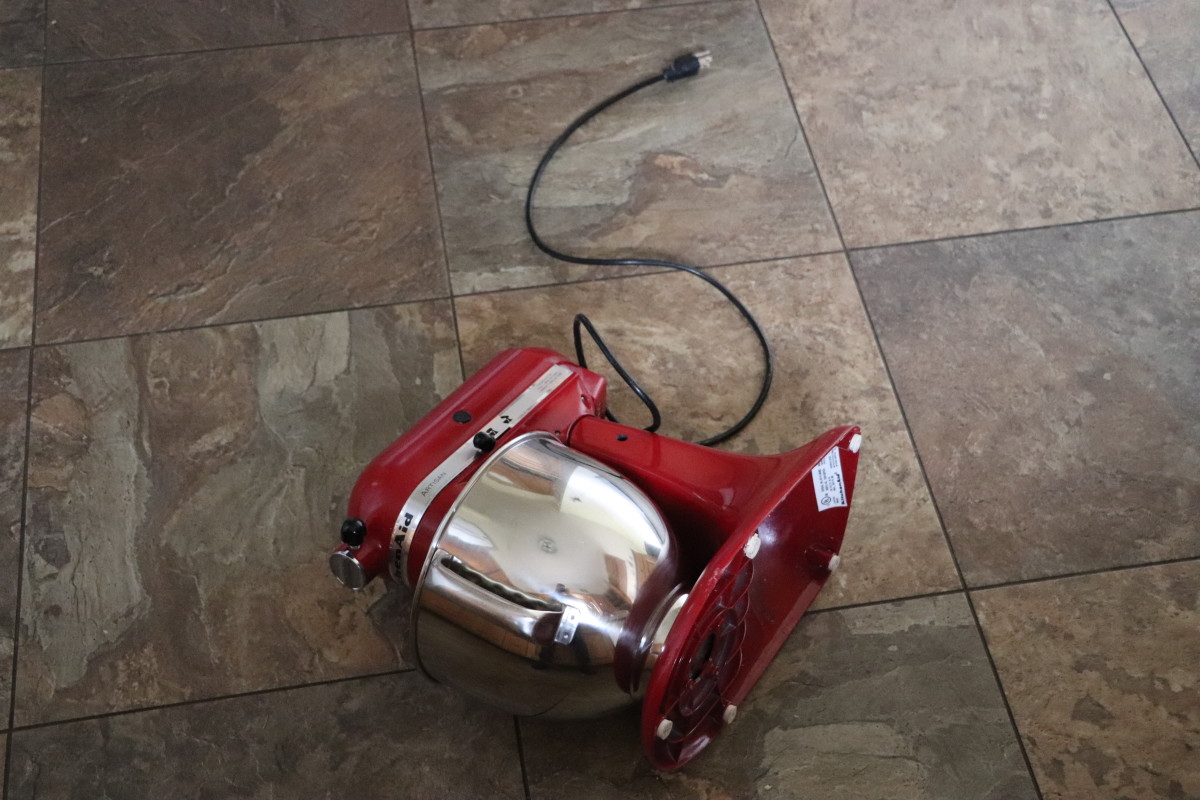
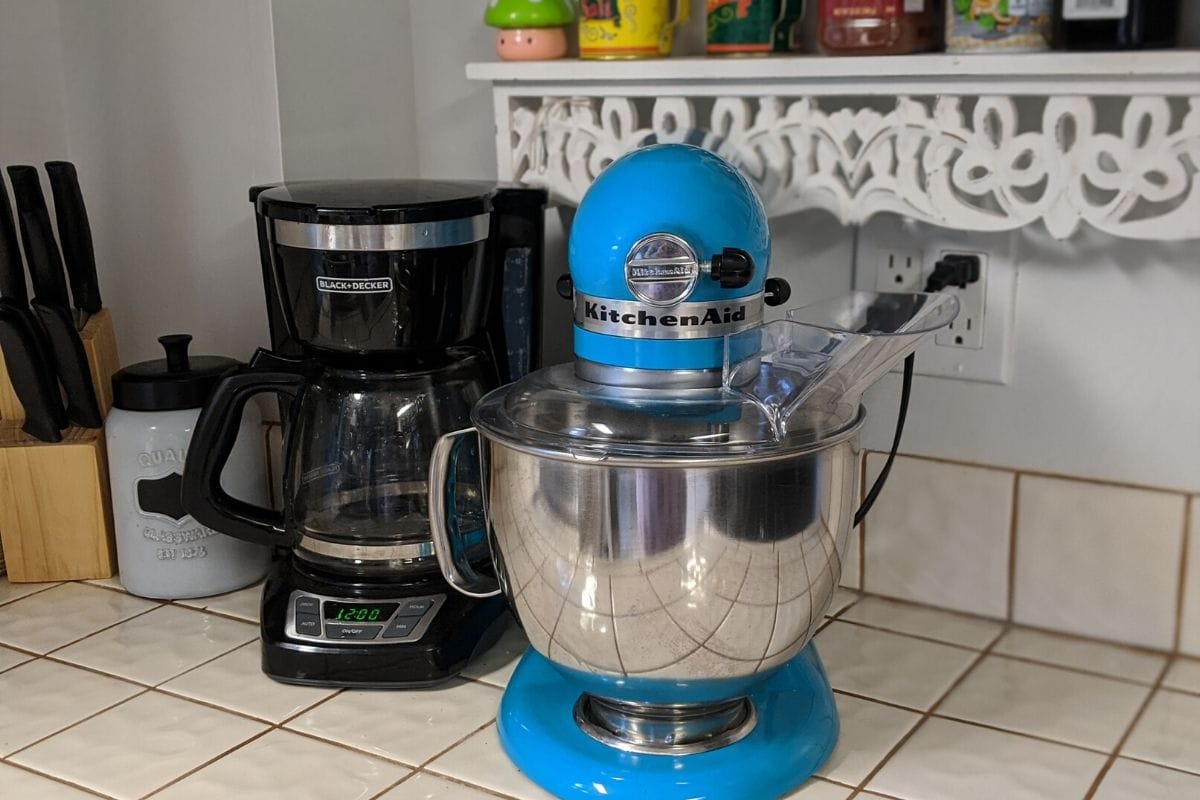
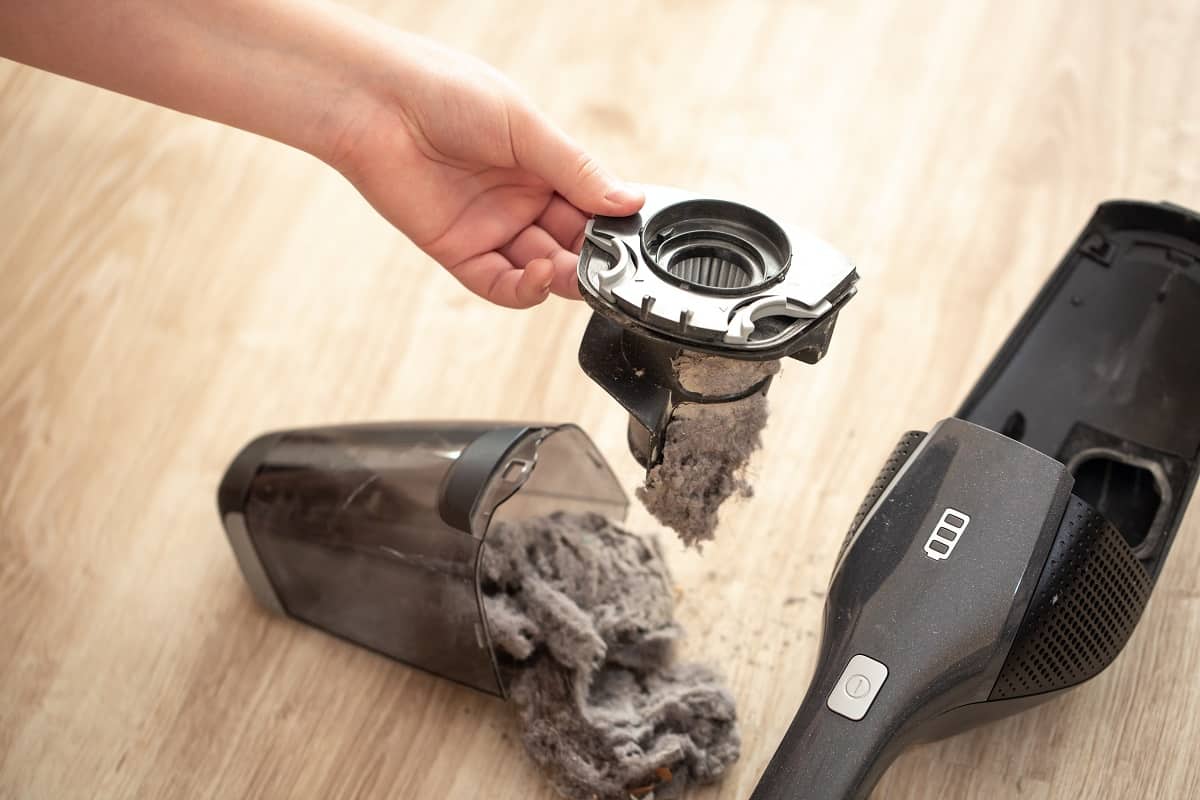

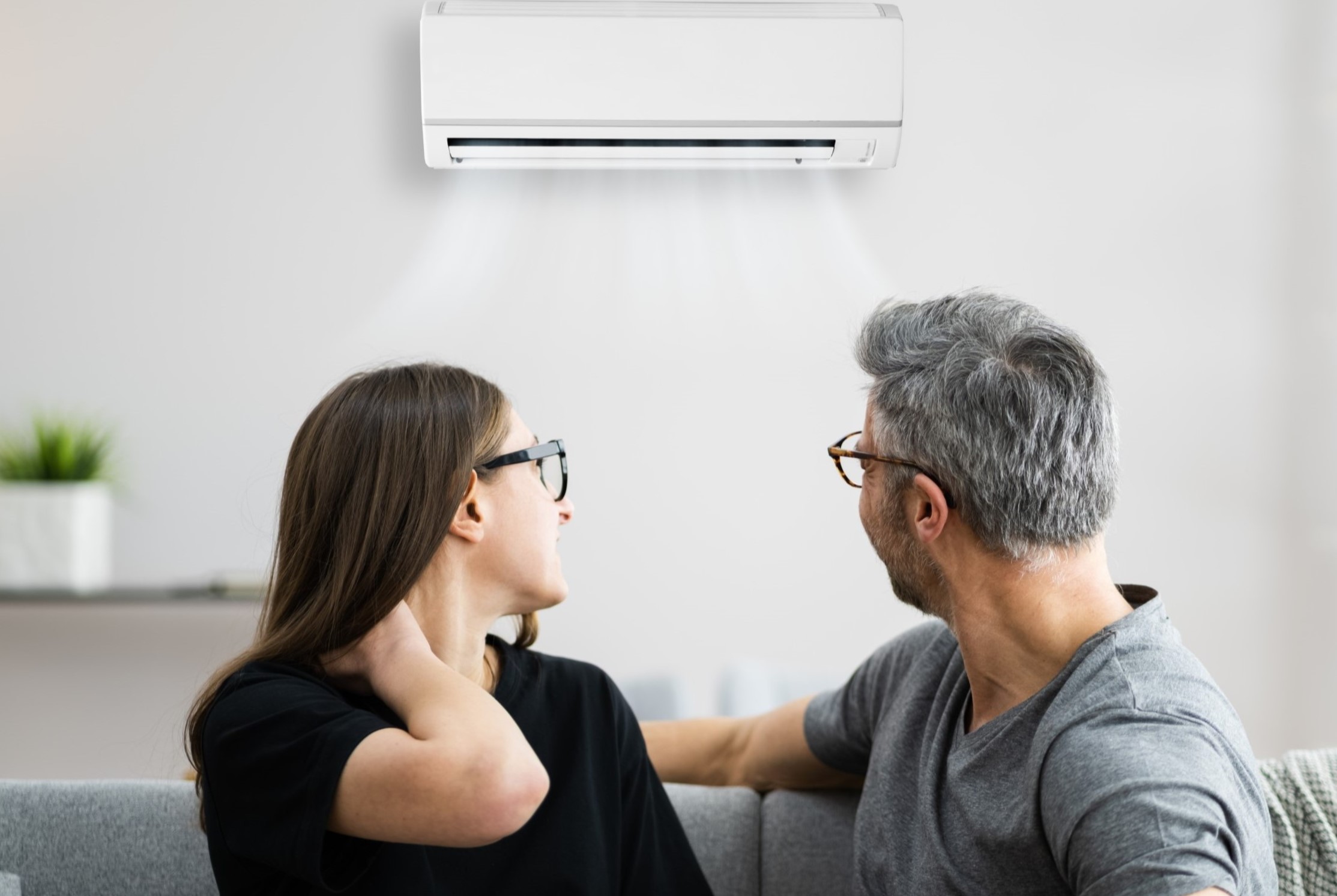
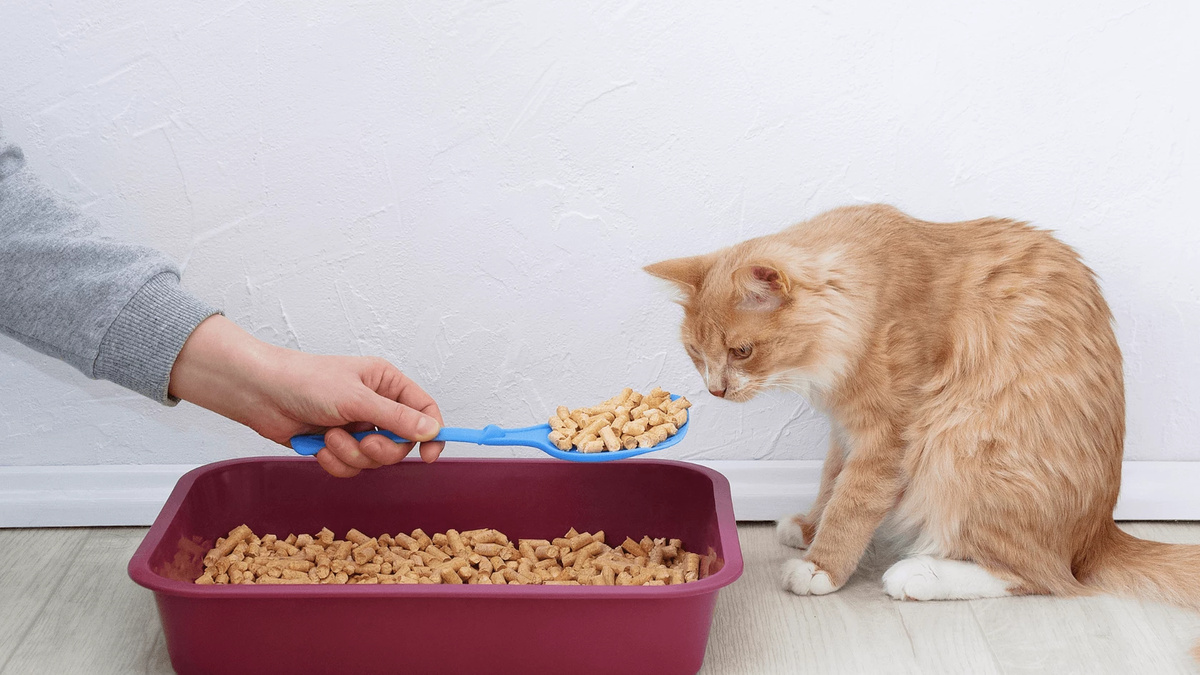
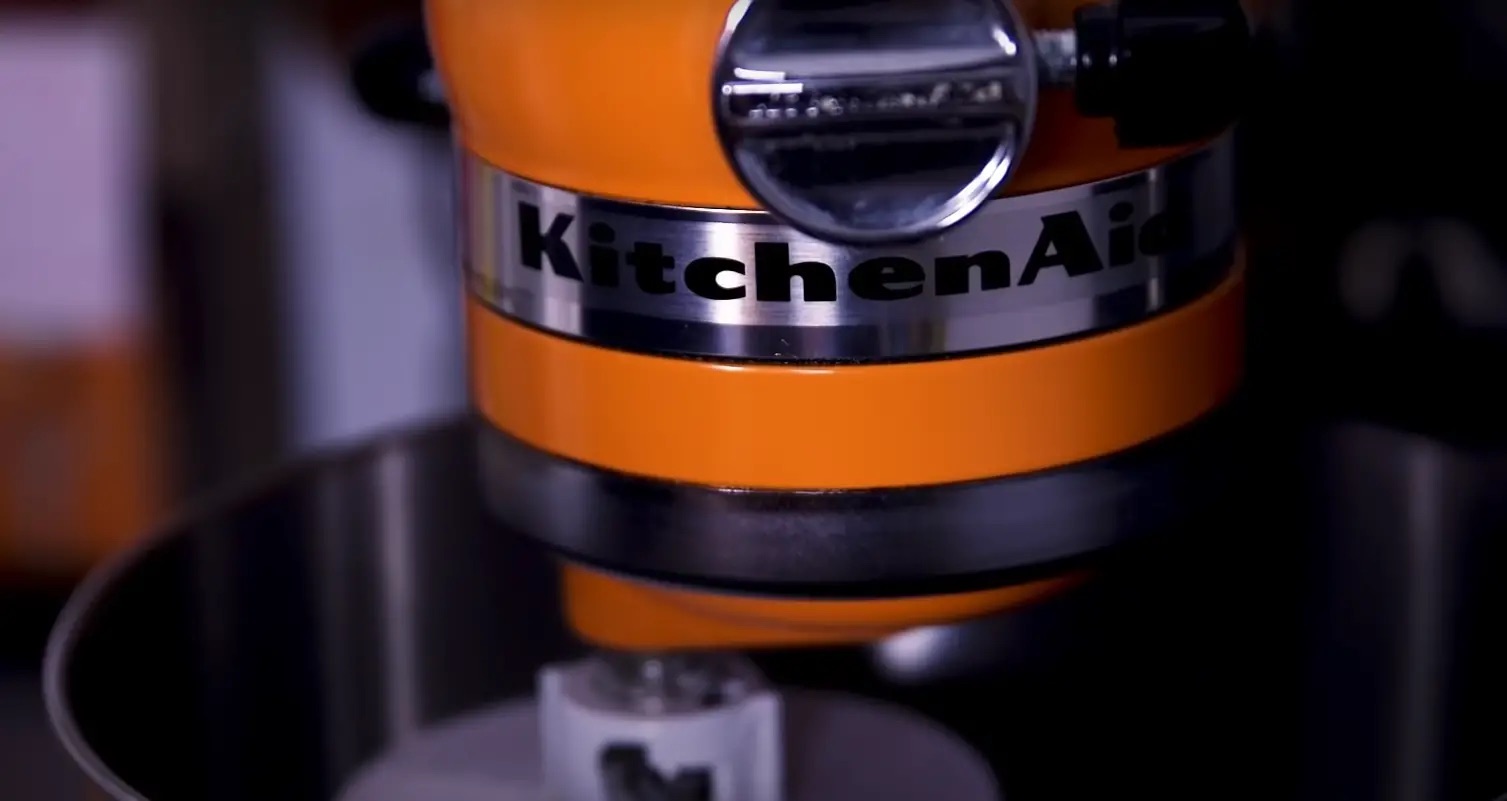
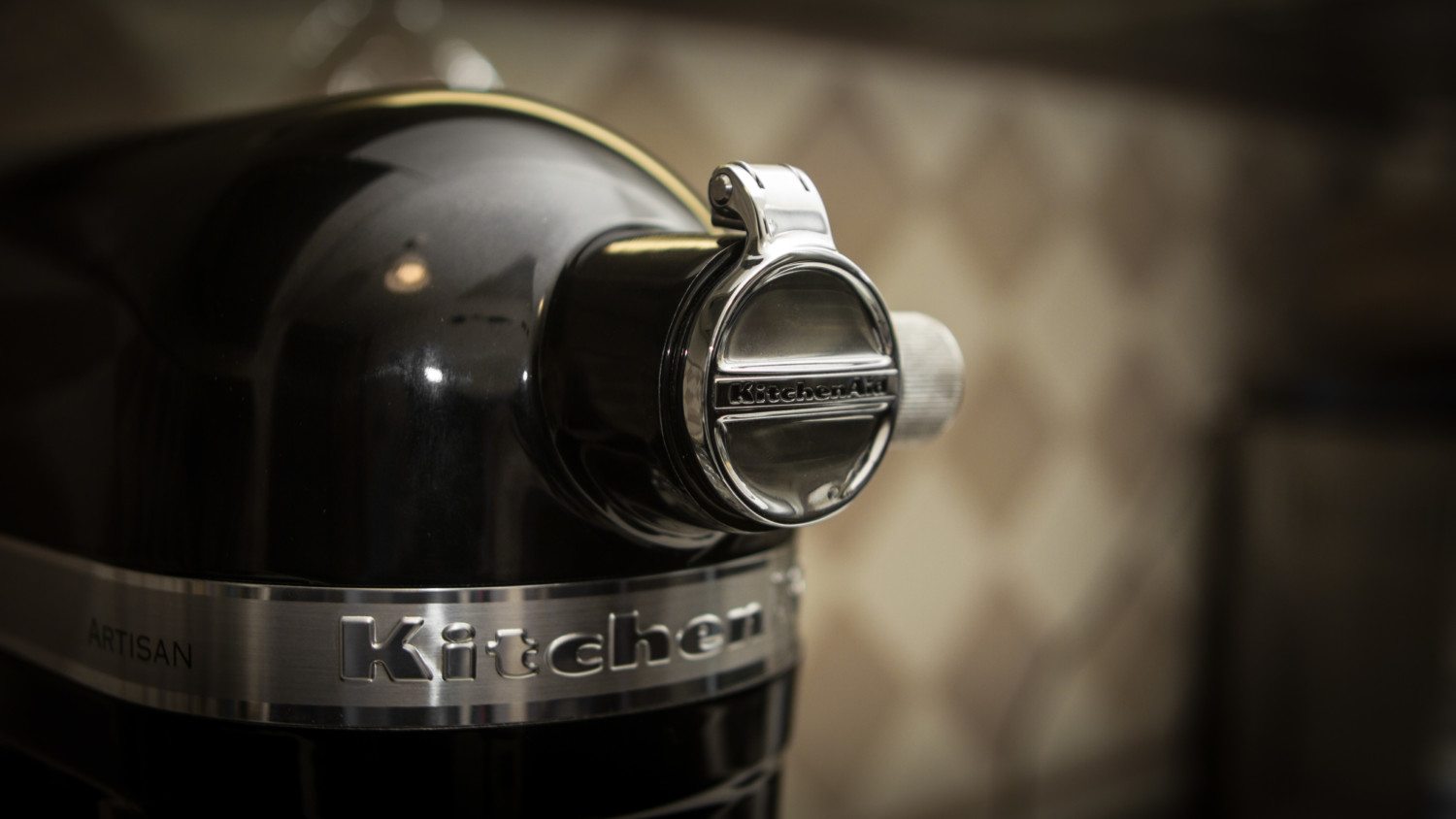


0 thoughts on “Why Did My Kitchenaid Mixer Stop Working”